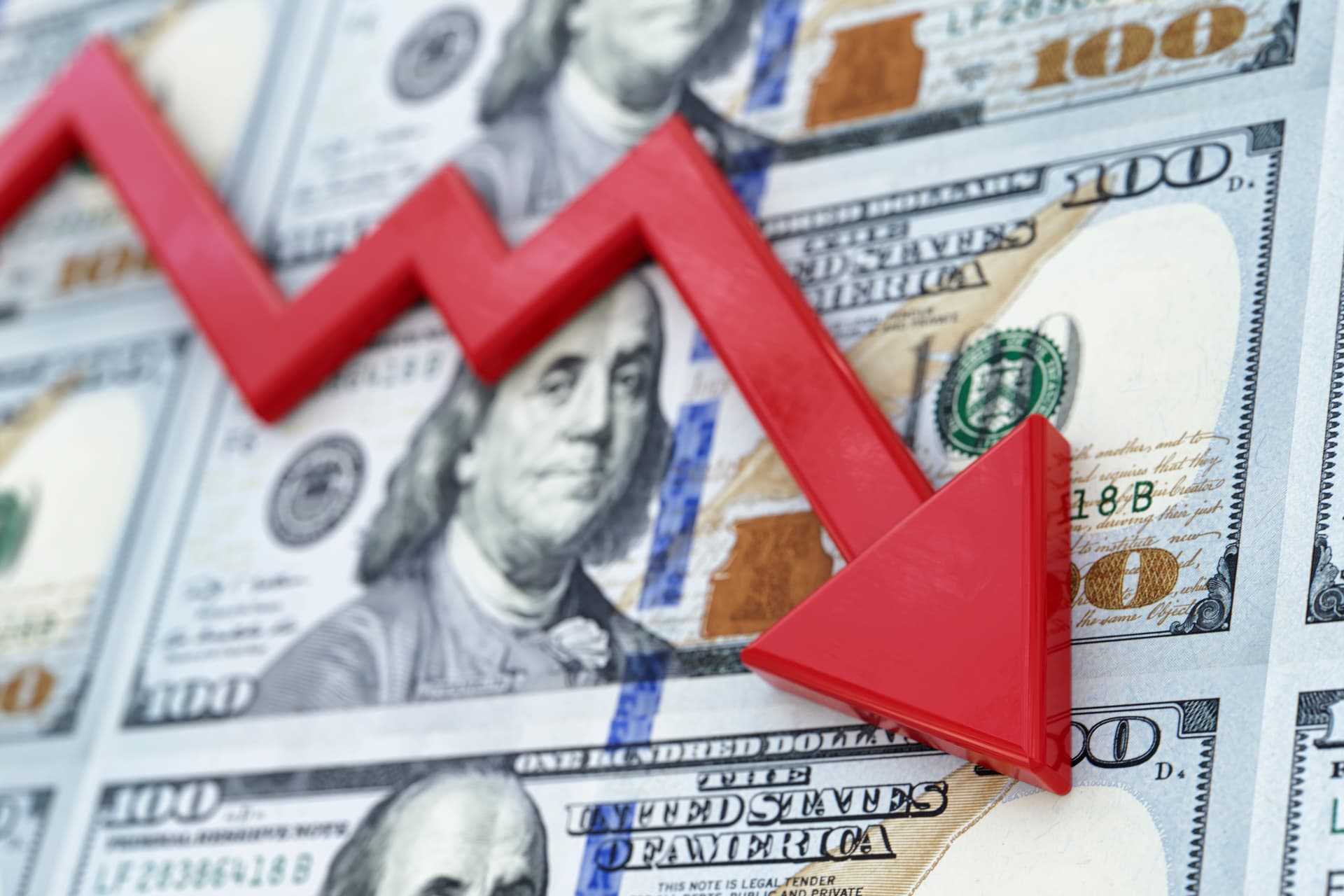This Stock Market Indicator Issues a Major Warning for Investors -- but There's a Silver Lining

News Summary
The article highlights that despite a strong stock market performance in 2025, with the S&P 500 up nearly 15% year-to-date, Warren Buffett once warned investors might be "playing with fire." It references the "Buffett Indicator" (total U.S. stock market valuation to GDP ratio), which reached a record high of 219% in October 2025, significantly exceeding Buffett's 200% "playing with fire" threshold. Historically, this indicator accurately predicted the dot-com bubble burst in 2000 and the market decline in late 2021. However, the article cautions investors that no single indicator is foolproof. The current market landscape differs significantly from three decades ago, with generally higher company valuations, especially in the booming tech sector, and substantial global revenue contributions potentially skewing the ratio. Thus, major investment decisions should not be based solely on this indicator. Despite potential market downturn risks, the article emphasizes the benefits of long-term investing. Historical data shows bull markets typically last much longer than bear markets, and even severe recessions have been temporary. Investors focusing on strong companies with solid fundamentals and holding them for the long term are likely to achieve substantial wealth growth despite volatility.
Background
The "Buffett Indicator" is a market valuation tool popularized by renowned investor Warren Buffett, which measures whether a country's stock market is undervalued or overvalued by comparing its total market capitalization to its Gross Domestic Product (GDP). Buffett suggested that a ratio of around 70% to 80% represents an ideal buying opportunity, while approaching 200% indicates investors are "playing with fire." Historically, this indicator successfully foreshadowed the dot-com bubble burst in 2000 and a market correction in late 2021. Currently, as the U.S. stock market continues its ascent in 2025, fueled by the artificial intelligence (AI) boom and with the S&P 500 showing significant gains, the Buffett Indicator has surged to a new record high, reigniting debates about potential market overheating.
In-Depth AI Insights
Given the Buffett Indicator's record high in 2025, what nuanced factors might explain this divergence from historical predictive power, and how should investors interpret its current "warning"? - The fundamental structure of the global economy and corporate earning models have changed dramatically over the last three decades. Many large U.S. tech companies derive significant revenue globally, not just from U.S. GDP, making a pure "U.S. Market Cap/U.S. GDP" ratio less precise for globally integrated firms. - The productivity enhancements and potential economic transformation driven by the AI revolution may justify significantly higher market expectations for future cash flows compared to the past, thereby elevating valuation multiples. Current valuations may embed highly optimistic projections for AI's long-term disruptive impact. - Investors should view the indicator as a macro sentiment and potential bubble risk alert, rather than a precise market timing tool. It signals potential widespread overvaluation, prompting investors to scrutinize individual stock valuations and fundamentals more carefully, rather than succumbing to blind panic. If the AI boom is cited as a primary driver, how might the Trump administration's economic policies, particularly on tech and trade, influence the sustainability of this valuation run or exacerbate a potential downturn? - The Trump administration may continue its "America First" protectionist trade policies, potentially escalating tech competition with major trading partners like China, and further straining global supply chains. This could impact the global profitability and supply chain stability of U.S. tech companies. - While the Trump administration might support cutting-edge technologies like AI, potential deregulation or antitrust scrutiny of large tech firms could introduce short-term market uncertainty. Overly lax regulation could also lead to overinvestment and bubble formation in the AI sector. - In the long term, if escalating trade tensions lead to slower global economic growth or increased geopolitical risks, it could erode some of the gains from AI and impact tech companies heavily reliant on exports or international collaborations, potentially accelerating a market correction. The article emphasizes long-term investing. What specific strategic adjustments or sector allocations might a prudent investor consider in late 2025, given the current market exuberance and the indicator's warning? - Investors should prioritize AI-related companies with strong cash flow, robust balance sheets, and clear paths to profitability, rather than merely chasing concept stocks. Focus on established industry leaders in traditional sectors that can leverage AI for tangible productivity gains and cost savings. - Given widespread market overvaluation, consider increasing defensive asset allocations, such as high-quality bonds, gold, or sectors with stable cash flows like consumer staples and utilities. This can provide a buffer against potential market downturns. - Employ a dollar-cost averaging strategy to avoid deploying a large sum of capital at market highs. Simultaneously, regularly rebalance portfolios to lock in gains from overvalued assets and reallocate to relatively undervalued or long-term growth sectors.